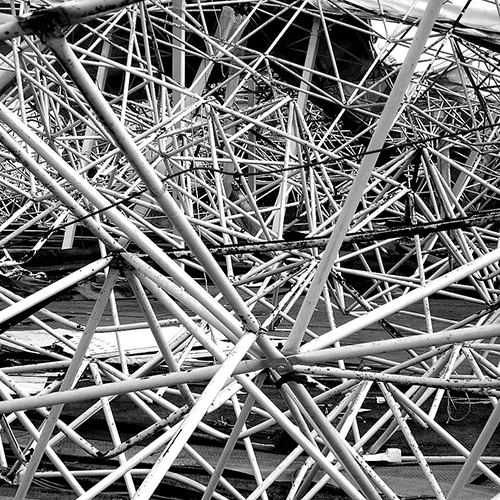Facing complexity through varying the clarification of the design task
How a multi-contextual approach can empower design engineers to address complex challenges
DOI:
https://doi.org/10.7577/formakademisk.2621Abstract
Today, most challenges designers face are complex. One way industrial design engineers have learned to deal with this complexity is to simplify the problem early on—for example, by focusing on one particular context, e.g. user group. Variations are typically addressed, but preferably inside the simplified design task or even after initial success has been achieved and a path has been set out. A range of authors have suggested ways to address variations during the design process. This paper contributes to exploring this notion of variation by presenting an approach that emphasises contextual variation early on, clarifying the design task before the design process, in a narrow sense, begins. This enables designers to seize opportunities that reveal themselves before a final path is set. Based on real-life cases and discussion of existing literature, the value of this approach for an industrial designer’s arsenal is explored and guidance for next steps is offered.
Keywords: context variation, complexity, design arsenal, variation of the design task, design approach

Downloads
Published
How to Cite
Issue
Section
License
Authors who publish with this journal agree to the following terms:
- Authors retain copyright and grant the journal right of first publication with the work simultaneously licensed under a Creative Commons Attribution 4.0 License that allows others to share the work with an acknowledgement of the work's authorship and initial publication in this journal.
- Authors are able to enter into separate, additional contractual arrangements for the non-exclusive distribution of the journal's published version of the work (e.g., post it to an institutional repository or publish it in a book), with an acknowledgement of its initial publication in this journal.
- Authors are permitted and encouraged to post their work online (e.g., in institutional repositories or on their website) prior to and during the submission process, as it can lead to productive exchanges, as well as earlier and greater citation of published work (See The Effect of Open Access).
- The author(s) must manage their economic reproduction rights to any third party.
- The journal makes no financial or other compensation for submissions, unless a separate agreement regarding this matter has been made with the author(s).
- The journal is obliged to archive the manuscript (including metadata) in its originally published digital form for at least a suitable amount of time in which the manuscript can be accessed via a long-term archive for digital material, such as in the Norwegian universities’ institutional archives within the framework of the NORA partnership.
The material will be published OpenAccess with a Creative Commons 4.0 License which allows anyone to read, share and adapt the content, even commercially under the licence terms:
This work needs to be appropriately attributed/credited, a link must be provided to the CC-BY 4.0 licence, and changes made need to be indicated in a reasonable manner, but not in any way that suggests that the licensor endorses you or your use.



